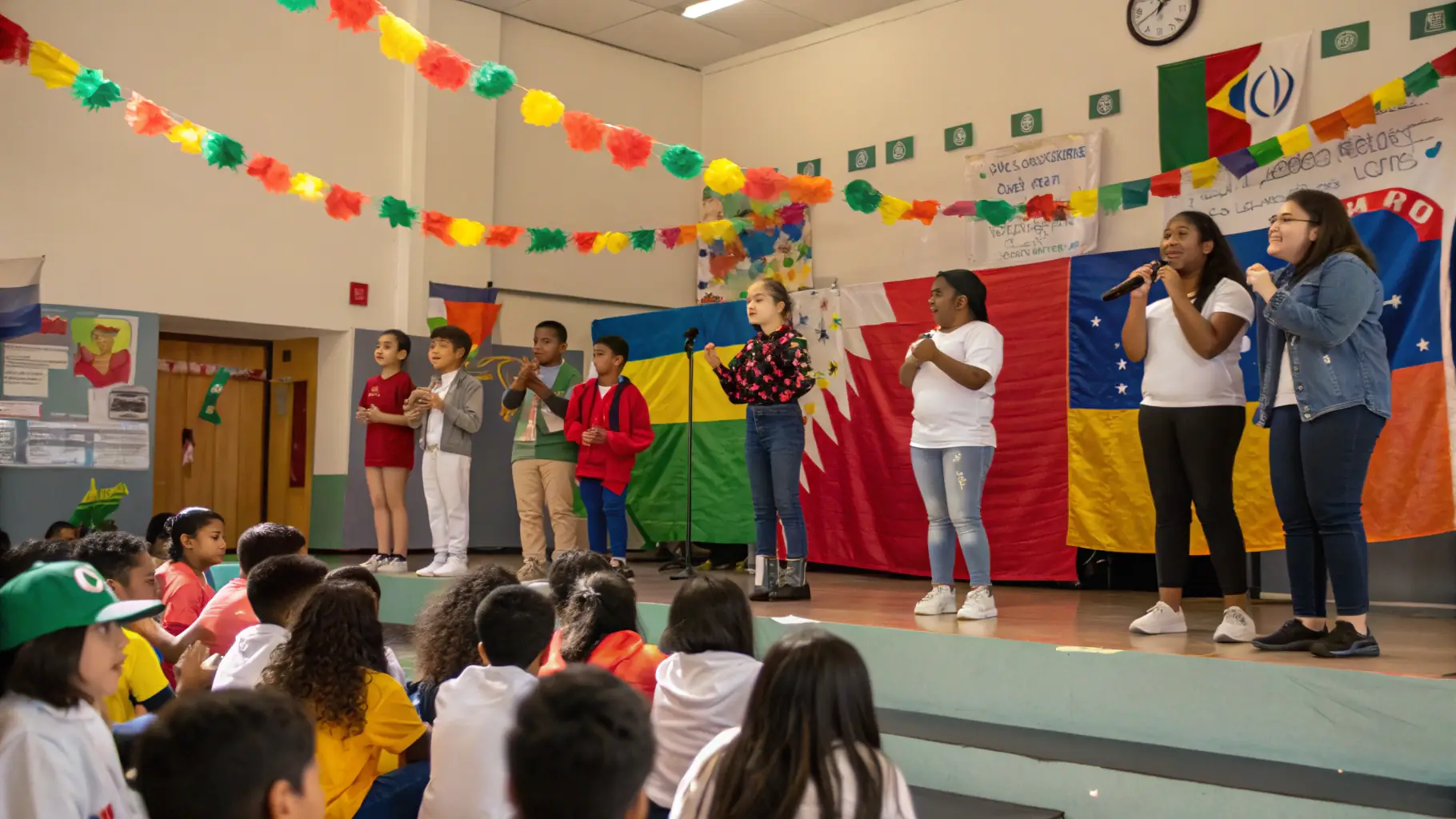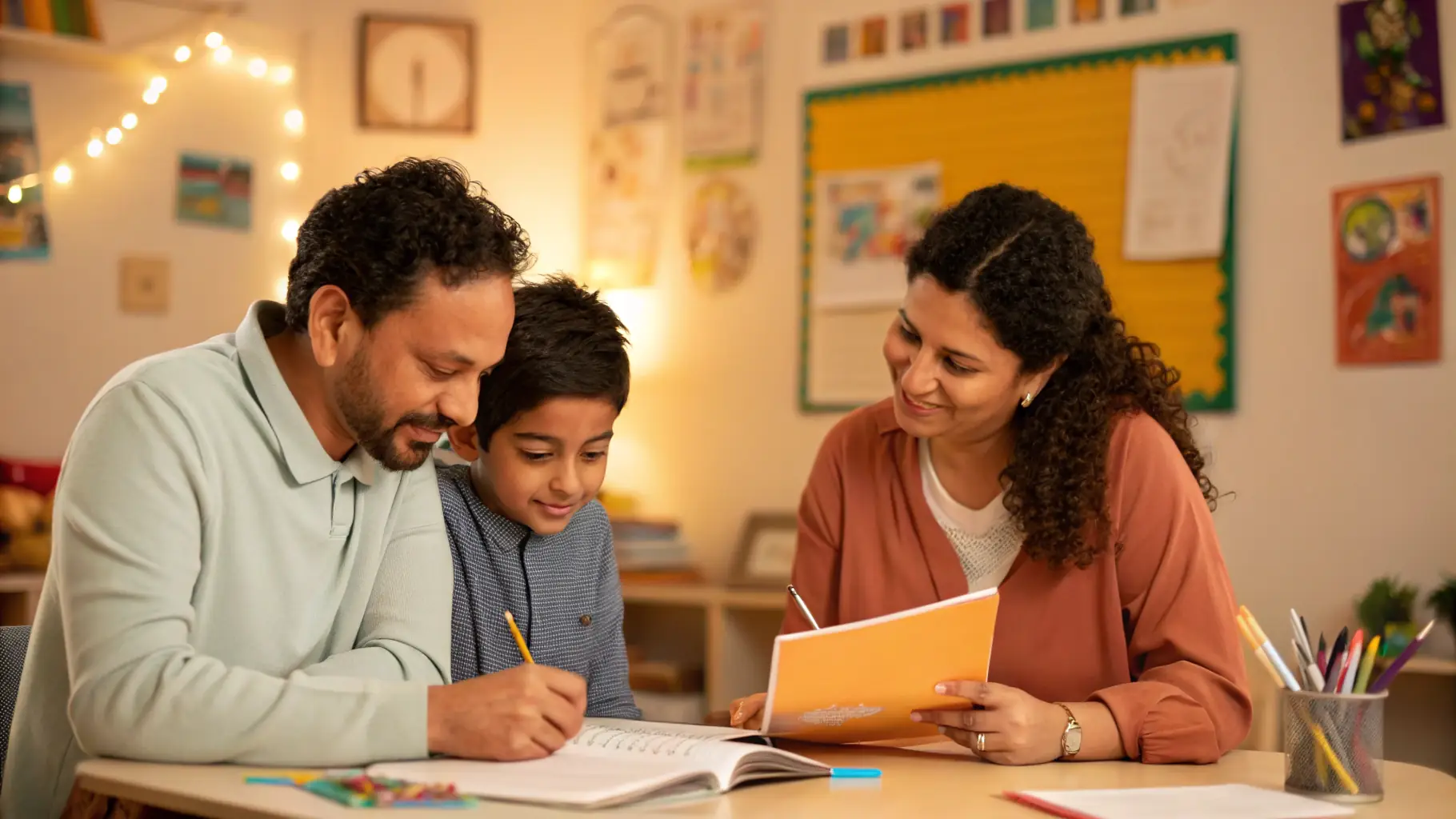Universal Design for Learning
Inclusive middle schools utilise many strategies to support an academically, emotionally, socially, culturally, and economically diverse population of students. One of the foundational approaches of inclusion is the use of Universal Design for Learning (UDL), which emphasizes flexible teaching methods that accommodate all learners. Learners vary in predictable ways, across three domains of affective, recognition, and strategic networks. UDL responds to this variation by planning for variability in engagement (why students learn), representation (what students learn), and expression (how students learn). By providing multiple means of engagement, representation, and action, educators can create a more inclusive classroom environment. This approach not only benefits students with IEPs but also enhances the learning experience for all students.
UDL is based upon the understanding that learners do not have a specific learning style. Rather, brains are plastic, and introducing multiple ways to achieve learning goals allows students to connect new information to what they know and use their existing strengths to build new scaffolding. Designing classrooms assuming that there will be neuro-variability, rather than adapting later to neuro-variability as it shows up, allows for deeper, better learning. The main theme of UDL is flexibility: UDL is premised upon being flexible about how students access information, present their understanding, and choose what and how they learn. UDL allows teachers to optimize learning, according to what we know about the brain.
Some examples of strategies for UDL in inclusive middle schools include:
- Giving directions in classes verbally (by explaining out loud) and visually (by writing on the board or on a handout for each student).
- Using sans serif fonts (like in this website!) on all printed materials to ensure that all learners can read them. Sans serif fonts can be more accessible to students with learning disabilities.
- Allowing students to show their understandings in multiple ways (for example, in a presentation, in an essay, in an art project, and through a hand-built model).
- Allowing students to access information in multiple ways, such as via a video, through an article, and through a graphic like a chart.
- Allow for student choice of topic as often as possible.
- Support community-building within classrooms and in the school.
Differentiation
Inclusive middle schools differentiate materials in order to ensure that every student can access and engage with the material. Differentiation is a supportive tool within a UDL approach that ensures lessons are personalized according to the students’ needs.
Some examples of differentiation in inclusive middle schools include:
- Adjusting assignments for students to reduce questions or alter difficulty level for students with processing, focusing, or writing challenges.
- Providing targeted small-group instruction for groups of students struggling with specific concepts or material.
- Use scaffolding and vary the paces of presentations, slowing down as needed.
- Adapting the environment by dimming the lights to support neurodiverse students.
- Alternatively, having all the lights on in classes for students with vision needs.
- Using assistive technology to ensure that students can easily access the learning material.
- Using technology to create tailored learning opportunities for students to learn or develop specific skills.
- Allowing students to research projects based on their personal interests.
- Helping students to situate their learning on a continuum where they monitor their growth and develop goals for themselves.
School-based Teams
Collaboration among school-based teams is another critical component of successful inclusion. Teachers, resource teachers, EAs, and counsellors can meet with parents and sometimes students in the formal structure of school-based teams, where all of these stakeholders collaborate to develop solutions for the student’s challenges. The same team members also work together to develop and implement Individualized Education Plans (IEPs) that address the unique needs of each student. Regular communication and shared goals among team members ensure that students receive consistent support and resources. Involving families and students themselves in the process fosters a sense of community and encourages a collaborative approach to education.
Team member roles:
- Students: Students know themselves best, and therefore can and should shape their learning journeys. They can provide direct information about their strengths, interests, challenges, and support needs, and are the most important stakeholders in developing authentic, responsive IEPs that privilege the student’s perspective.
- Families: Families can use their extensive knowledge of the student to help develop proactive, targeted IEPs that ensure the student is as successful as possible.
- Classroom Teachers:
- Resource Teachers: Resource Teachers coordinate support efforts, write, monitor, and adapt IEPs, run IEP meetings, and advocate for student needs. They do school-based testing, assessment, and update IEPs and Student Support Plans. They run and do file reviews for School-Based Team Meetings.
- EAs: EAs support students, especially students with disabilities and diverse abilities, under the supervision of a teacher. They help to implement adaptations and supports outlined in IEPs.
- Counsellors: Counsellors use evidence-based practices to support students struggling with mental health challenges, school-based anxieties, family challenges, and interpersonal challenges. They can help to scaffold student’s self-confidence, sense of belonging, and resilience. They are instrumental in supporting students with mental health designations, but they can support all students with IEPs to encourage their sense of themselves as important learners who belong within inclusive middle schools.
- Literacy Teachers: Literacy Teachers support students with the assessment, development, and monitoring of their literacy. This is important when students struggle with reading and writing. Literacy Teachers are a relatively new position provincially but can be found in most middle schools.
- ELL Teachers: ELL Teachers use strategic interventions to help students who are learning English to develop their spoken and written English to ensure success in the classroom. In BC, most middle schools have at least a part-time ELL teacher.
Resources
Wakefield, MA. CAST (2018). UDL and the learning brain. Retrieved from https://www.cast.org/products-services/resources/2018/udl-learning-brain-neuroscience
CAST. Universal Design for Learning Guidelines. 2025. Retrieved from https://udlguidelines.cast.org/.
Chilliwack School District Learner Services Department. Best Practices for School-Based Teams from Chilliwack School District. 2019. Retrieved from https://ssc.sd33.bc.ca/sites/ssc.sd33.bc.ca/files/2019-03/School%20Based%20Teams%20-%20Best%20Practices.pdf



